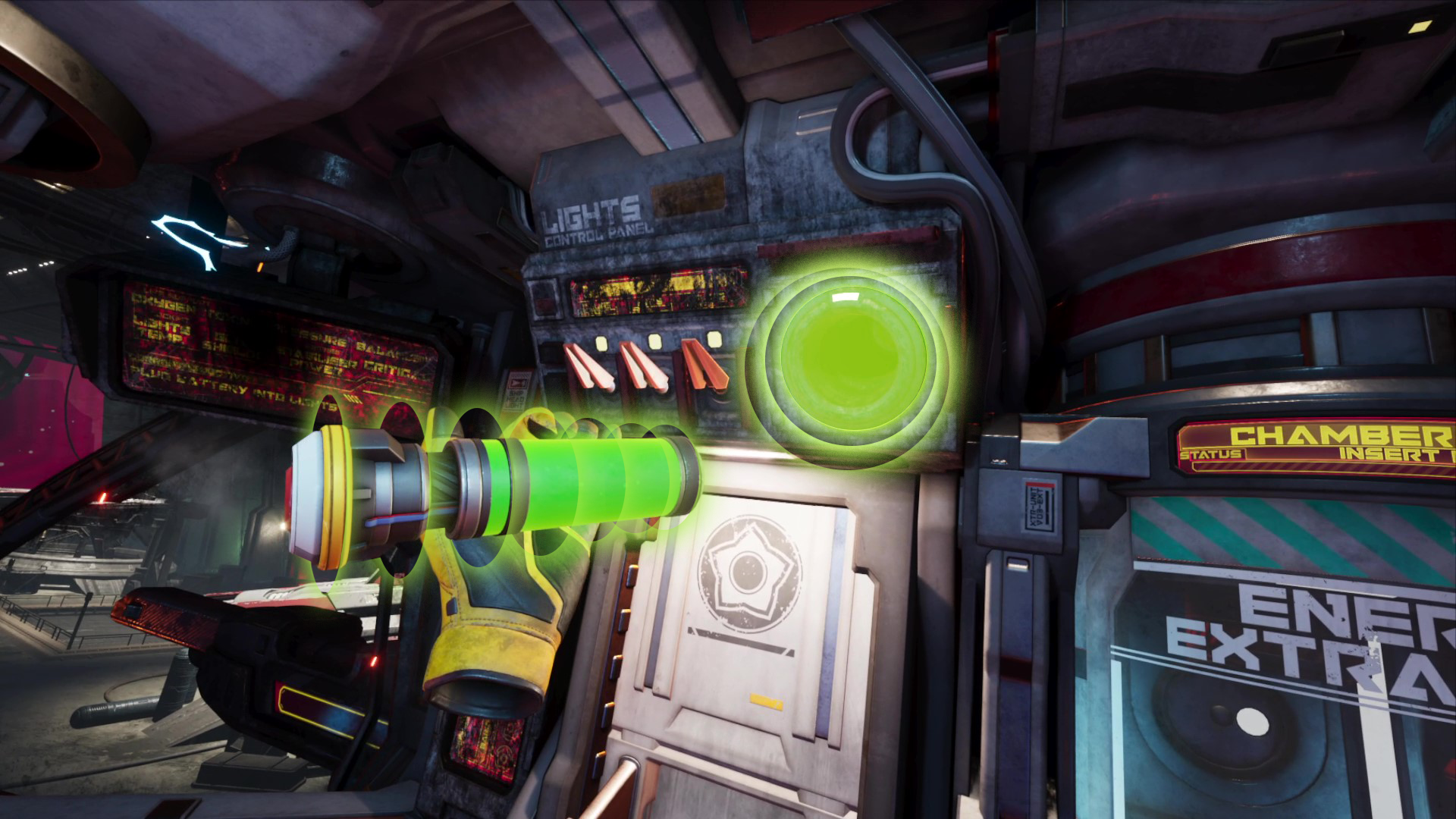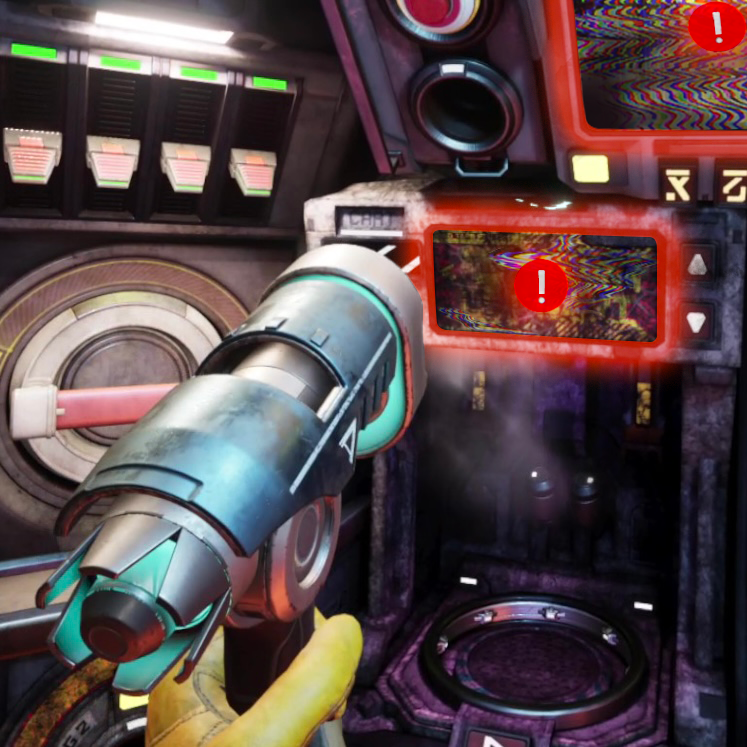SKEUOMORPHIC DESIGN
Scenario Imitation
In skeuomorphic design, scenario imitation involves authentically replicating the visual and functional aspects of real-world objects within specific contexts.
For instance, in the use cases outlined below, skeuomorphic design could be applied to simulate scenarios such as charging or percussive maintenance, evoking the emotional essence of real-world experiences. This intentional emulation of familiar physical situations aims to leverage users' existing understanding of tangible objects, enriching their interaction and comprehension in the VR world.
USE CASE 3: CHARGING TUTORIAL
Before
![]()
![]()


Pain point
In both light and dark modes, users face difficulty identifying the battery and charging port due to numerous illuminated distractions in the cockpit. This issue becomes more pronounced for users with hearing or language comprehension impairments, as they rely heavily on visual cues when auditory prompts are unavailable.
After
![]()
Improvement
I used the dynamic wave to highlight the battery and charging port, and uses this special shape to distinguish other luminous objects. When the user touches the battery and charges it, it will not only increase the wave amplitude, but also vibrate.
USE CASE 4: PERCUSSIVE MAINTENANCE
Before
![]()
Pain point
The game humorously simulates "percussive maintenance," where users try hitting to fix glitches in electrical appliances. However, the broken screens in the previous version were not eye-catching enough, and users lacked hints to connect this situation with real life, resulting in users not knowing how to use the hammer and where to use it.
After![]()
Improvement
I incorporates the effect of TV glitches into the interface, which glows red and displays an alarm sign to attract users' attention, and also combines sound to guide users to do the percussive maintenance.



